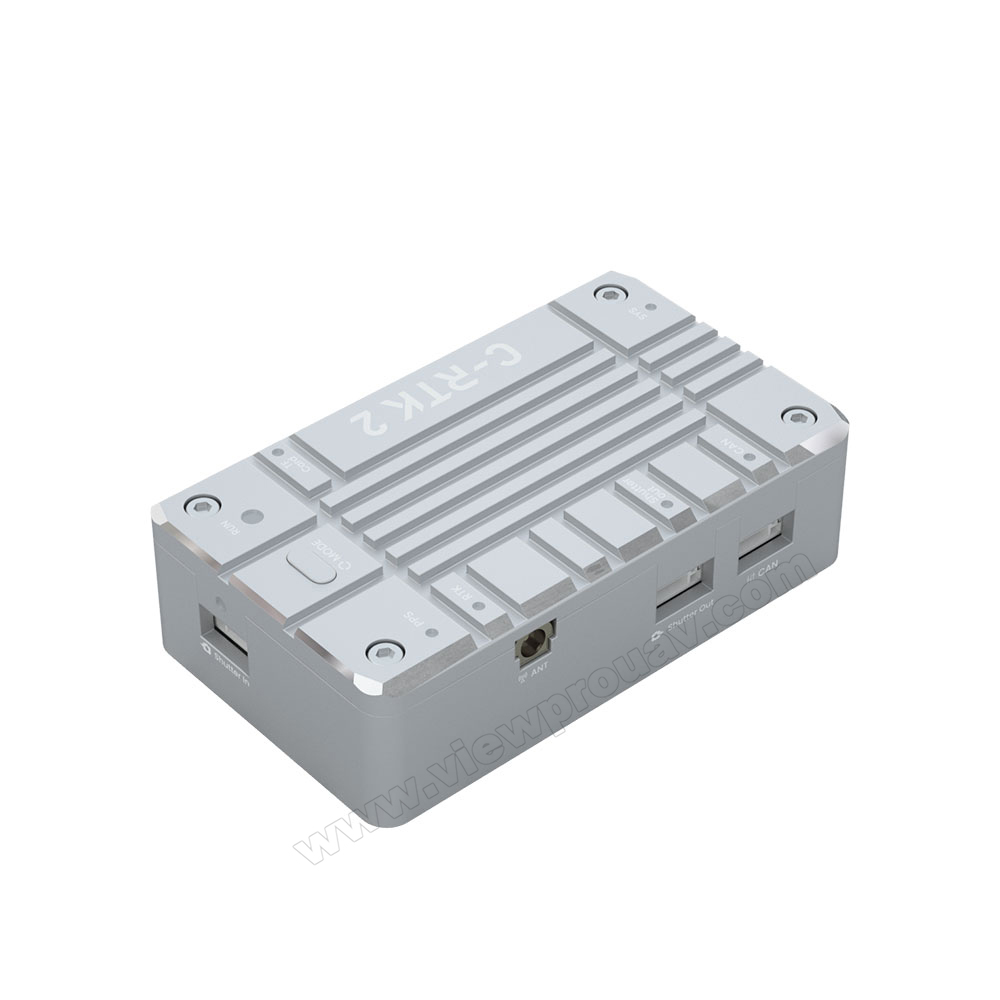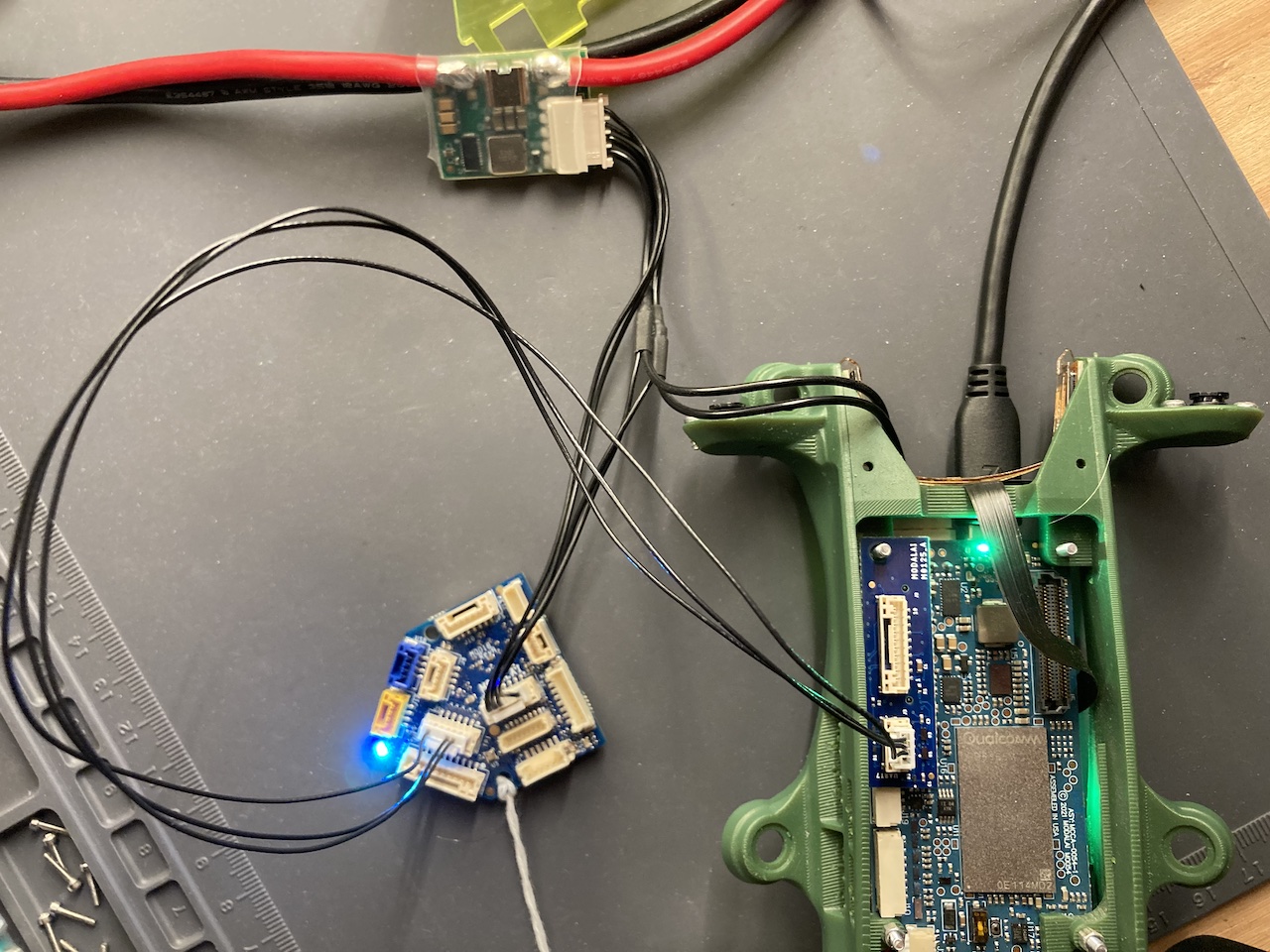Boost Drone Performance with SparkNavi Drone Flight Controller and GNSS/INS Made in Taiwan
Boost Drone Performance with SparkNavi Drone Flight Controller and GNSS/INS Made in Taiwan
Blog Article
Exploring the Role of Drone Flight Controllers in Enhancing Trip Stability and Navigating Performance
The innovation of drone technology has actually substantially increased the relevance of flight controllers, which offer as the brain of these airborne automobiles. By integrating real-time information from a variety of sensing units, trip controllers enhance flight security and navigation effectiveness, ensuring that drones can run smoothly even in intricate environments.

Understanding Flight Controllers
Trip controllers are essential elements in the performance of drones, acting as the brains that handle and stabilize flight operations. These advanced gadgets process information from various sensing units, including accelerometers, gyroscopes, and GPS, to make sure that the drone maintains its intended trip path. The flight controller translates this information and executes commands based upon pre-defined algorithms, making it possible for the drone to reply to environmental changes, such as wind or challenges.
The key function of a trip controller is to keep security during trip. It accomplishes this by making real-time adjustments to the drone's motors and control surface areas, making sure equilibrium and control. In addition, contemporary flight controllers include advanced features such as waypoint navigating, enabling for automated flight paths and enhanced operational efficiency.
Comprehending the style of flight controllers is crucial for both enthusiasts and specialists. As innovation advancements, flight controllers have come to be more small and qualified, integrating synthetic knowledge to improve decision-making procedures and adjust to complicated trip circumstances.
Secret Components of Flight Stability
Achieving ideal trip stability in drones depends on numerous crucial elements that operate in concert to make certain controlled and smooth procedures. Central to this stability is the flight controller itself, which refines information from numerous sensing units to preserve the preferred trip perspective. This consists of accelerometers and gyroscopes that determine motion and orientation, enabling real-time modifications to the drone's position.
One more essential component is the electronic rate controllers (ESCs), which regulate the power provided to the electric motors. By carefully tuning electric motor rates in feedback to trip controller commands, ESCs aid maintain balance and combat disturbances caused by wind or sudden motions.
Additionally, the layout of the drone's frame plays an essential function in trip stability. A well-structured frame reduces resonances and enhances the total aerodynamic profile, adding to smoother flight characteristics. The integration of innovative formulas within the trip controller aids in predictive changes, guaranteeing a versatile and responsive flight experience.
With each other, these components form a natural system that enhances a drone's stability, permitting accurate handling and boosted efficiency in various trip problems.
Navigating Performance Strategies
Efficiency in navigation is crucial for optimizing drone procedures, especially in complicated atmospheres. Effective navigating strategies boost the capacity of drones to go across difficult surfaces and avoid challenges, thus enhancing operational efficiency and safety and security.
One noticeable method is the application of advanced GPS and inertial dimension devices (IMUs) that give exact place monitoring and positioning information. These innovations allow drones to calculate optimal flight paths in real-time, thinking about various factors such as wind problems and possible challenges.
An additional strategy entails using algorithms for path preparation and optimization. Algorithms such as A * and Dijkstra's formula helpful hints can be deployed to identify the most reliable route while decreasing energy intake and trip time. Moreover, integrating artificial intelligence designs can enable drones to adaptively learn from their settings, improving navigation abilities through experience.

Effect on Autonomous Drones
The combination of sophisticated navigating strategies has profoundly changed the capacities of autonomous drones, enabling them to run with greater freedom and precision. SparkNavi drone flight controller and GNSS/INS made in taiwan. These improvements are primarily associated to innovative trip controllers that use real-time data handling and sensor combination, permitting drones to navigate complex atmospheres effortlessly
The influence on autonomous drones prolongs beyond plain navigating; it encompasses boosted challenge evasion, improved security during vibrant conditions, and boosted goal reliability. By leveraging formulas that include artificial intelligence and expert system, drones can adapt to transforming conditions, making notified choices that enhance their flight paths while lessening risks.
Additionally, the execution of robust flight controllers has facilitated the execution of intricate jobs, such as aerial evaluations, shipment services, and agricultural surveillance, with minimal human intervention. This capacity not only streamlines operations yet also lowers human error, therefore boosting general security.
Therefore, the operational extent of self-governing drones has expanded dramatically, making them indispensable tools in different markets. Their ability to carry out effectively in varied scenarios underscores the vital role that progressed trip controllers play fit the future of unmanned aerial systems.
Future Fads in Trip Control
Frequently, innovations in trip control modern technology are positioned to redefine the landscape of drone operations in the coming years. Arising fads indicate a considerable change in the direction of enhanced expert system (AI) integration, allowing trip controllers to refine real-time information much more efficiently. This development will help with better decision-making capacities, allowing drones to adapt to vibrant ecological problems autonomously.
Moreover, the implementation of maker learning algorithms is anticipated to enhance anticipating upkeep, therefore decreasing downtime and prolonging the lifecycle of drone parts. This aggressive approach useful source to maintenance will be critical as drone applications broaden throughout numerous industries, from agriculture to logistics.

.png)
Finally, developments in protected interaction protocols will certainly resolve safety and governing issues, guaranteeing that drones can operate flawlessly in congested airspaces (SparkNavi drone flight controller and GNSS/INS made in taiwan). Jointly, these fads direct in the direction of a future where flight control systems are not only smarter and extra also capable however efficient of operating safely in a significantly integrated airspace
Conclusion
Finally, drone flight controllers are important to boosting flight stability and navigating performance via the sophisticated handling of sensing unit information. By keeping optimal flight mindsets and utilizing innovative formulas for path optimization and obstacle evasion, these controllers substantially contribute to the autonomy and functional security of drones. As innovation remains to evolve, further developments in flight control systems are expected, guaranteeing improved performance and broadened abilities in the realm of unmanned airborne cars.
By incorporating real-time data from a range of sensing units, trip controllers improve flight stability and navigation performance, guaranteeing that drones can operate efficiently even in intricate environments.Trip controllers are essential parts in the functioning of drones, serving as the minds that handle and support trip procedures. Furthermore, contemporary trip controllers integrate advanced functions such as waypoint navigating, allowing for automated flight courses and improved operational efficiency.
Central to this security is the trip controller itself, which refines data from different sensing units to preserve the desired flight attitude.In verdict, drone trip controllers are essential to boosting trip security and navigation efficiency through the sophisticated handling of sensing unit information.
Report this page